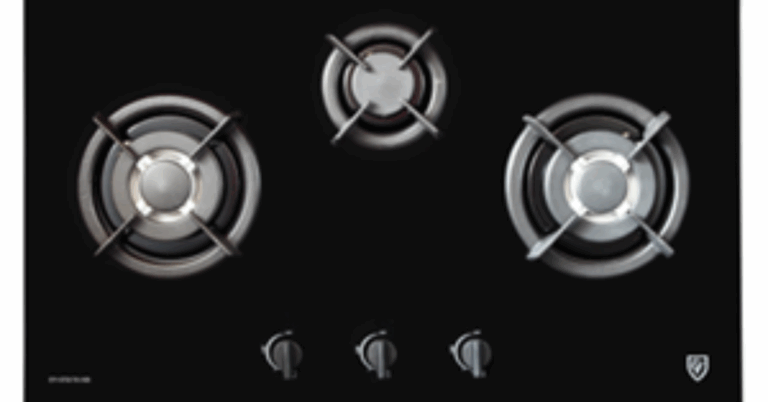Helmet Online: Your Ultimate Guide to Buying Helmets Online
When it comes to road safety, especially for cyclists, motorcyclists, and other riders, a helmet is the most crucial piece of equipment. A helmet is not just a protective gear; it’s a life-saving investment that ensures you are safe while enjoying the thrill of the ride. With the rise of online shopping, buying helmets online has become increasingly popular due to the convenience, wide variety, and competitive pricing that e-commerce platforms offer. In this article, we will dive deep into why buying Helmet Online is a great choice and how you can make an informed decision when choosing the right one for you.
Why Buy Helmets Online?
In recent years, the online shopping experience has drastically improved, offering more advantages to consumers. When it comes to purchasing helmets, buying them online has several compelling benefits:
1. Convenience and Accessibility
One of the most significant advantages of buying a helmet online is the convenience it offers. You no longer need to visit physical stores or stand in long queues. With a few clicks, you can compare various helmet models, check for discounts, and have your helmet delivered to your doorstep.
2. Wide Selection
Online stores often have a broader range of helmets compared to local retail stores. Whether you’re looking for a standard motorcycle helmet, a stylish bike helmet, or even a specialized helmet for sports, you’re sure to find a model that suits your needs. Moreover, online stores offer detailed product descriptions, reviews, and ratings, giving you a comprehensive overview of what you’re purchasing.
3. Competitive Prices and Deals
Online stores often offer competitive pricing and discounts. You can browse through various options, compare prices, and take advantage of sales or promotional offers. Whether it’s a seasonal discount or a clearance sale, you’re likely to find helmets at lower prices than in-store prices.
4. Detailed Product Information
One of the major drawbacks of purchasing helmets from brick-and-mortar stores is the limited information available. When buying online, you have access to in-depth product descriptions, specifications, and customer reviews that can help you make a well-informed decision. Additionally, many websites provide video demonstrations and images to showcase the features of the helmet in great detail.
5. Better Return and Exchange Policies
Many online platforms offer favorable return and exchange policies, which allow you to try the helmet on and see if it fits. If it doesn’t, you can easily return it and get a replacement or refund. This peace of mind is often not available in physical stores, where returns may be more complicated.
How to Choose the Right Helmet for You
Choosing the right helmet is not as simple as picking the first one you find. There are several factors to consider to ensure you get the best protection. Below are some tips on how to choose the perfect helmet for your needs:
1. Determine the Type of Helmet You Need
Helmets come in different styles, each designed for a specific activity. Here are some of the most common types:
-
Full-Face Helmets: These helmets offer the most protection as they cover your entire face, including your chin. They are perfect for motorcycle riders and are known for their superior safety features.
-
Open-Face Helmets: Open-face helmets cover the top and sides of the head but leave the face exposed. These are often chosen by motorcyclists who prefer more visibility and comfort, though they provide less protection than full-face helmets.
-
Modular Helmets: Also known as flip-up helmets, modular helmets offer a combination of both full-face and open-face features. The chin bar can be raised for convenience when stopping, but it provides full protection when closed.
-
Sport Helmets: These helmets are designed for specific sports such as cycling, skateboarding, or skiing. They are usually lighter and more breathable but still offer excellent protection for the type of activity.
2. Size and Fit
One of the most important factors when buying a helmet is getting the right size. A poorly fitting helmet can be uncomfortable and ineffective in providing protection during an accident. To measure your helmet size, use a flexible measuring tape to measure the circumference of your head, just above your eyebrows. Refer to the helmet manufacturer’s sizing chart to find the correct size.
-
Too Tight: A helmet that’s too tight can cause discomfort and headaches. While you want the helmet to fit snugly, it shouldn’t put pressure on your temples or scalp.
-
Too Loose: A loose helmet won’t stay in place during a ride, which reduces its protective capabilities. Ensure that the helmet is snug enough to stay in place, even if you move your head around.
3. Safety Certifications
Make sure the helmet you are purchasing has the proper safety certifications. These certifications ensure that the helmet meets the safety standards required by law and that it provides adequate protection in case of an accident. Common safety certifications include:
-
DOT (Department of Transportation): This is a U.S. safety standard for motorcycle helmets.
-
ECE (Economic Commission for Europe): ECE 22.05 is an international standard for motorcycle helmets that are sold in Europe.
-
Snell: This is a non-profit organization that tests helmets for racing and high-performance sports.
4. Comfort Features
A helmet should not only provide safety but also comfort. Look for helmets that come with features such as padded linings, adjustable chin straps, and ventilation systems. These features will ensure that you remain comfortable during long rides. Helmets with good airflow and breathability can keep you cool, especially during hot weather conditions.
5. Material and Durability
The material used to construct the helmet plays a major role in its safety and durability. Look for helmets made from high-quality materials such as polycarbonate, fiberglass, or carbon fiber. These materials offer great impact resistance and long-lasting durability.
6. Style and Design
While safety is the top priority, you don’t want to sacrifice style either. Fortunately, there are helmets available in a variety of designs, colors, and finishes to suit your personal style. Whether you prefer a sleek, modern look or something with bold graphics, you’re sure to find a helmet that matches your aesthetic preferences.
Helmet Maintenance Tips
To ensure that your helmet lasts and continues to provide the protection you need, proper maintenance is crucial. Here are some tips to help you care for your helmet:
-
Clean the Exterior: Use a mild soap solution and a soft cloth to clean the outside of your helmet. Avoid using harsh chemicals that could damage the finish.
-
Inspect Regularly: Check your helmet for any signs of wear or damage, such as cracks or dents. If the helmet has been involved in an accident, it should be replaced, as the protective capabilities may be compromised.
-
Replace the Padding: Over time, the inner padding of your helmet may wear out. If it becomes uncomfortable or loses its shape, consider replacing it.
-
Store Properly: When not in use, store your helmet in a cool, dry place away from direct sunlight. Avoid leaving it in hot places such as your car, as excessive heat can damage the helmet’s materials.
Frequently Asked Questions (FAQs)
1. Can I wear a helmet if it has been in a crash? It’s highly recommended that you replace your helmet after it has been involved in an accident, even if it appears undamaged. The helmet’s structural integrity could be compromised, and it may not provide the same level of protection in the future.
2. How long do helmets last? A helmet’s lifespan typically lasts around 5 to 7 years, depending on the type and quality of materials. Even if a helmet looks good, it can lose its protective abilities over time due to exposure to environmental factors like UV rays and temperature changes.
3. Are expensive helmets worth the extra cost? Higher-priced helmets often offer superior materials, comfort features, and safety ratings. While there are budget-friendly options, investing in a quality helmet can provide better protection and durability in the long run.
4. Can I buy a helmet for a child online? Yes, you can buy children’s helmets online, but ensure you carefully check the size and certification. It’s essential that the helmet fits properly and offers the required protection.
5. How do I know if the helmet fits properly? To check the fit, make sure the helmet fits snugly but comfortably. It should sit level on your head, not tilted back or forward, and it should not move when you shake your head. The chin strap should be securely fastened without causing discomfort.
Conclusion
Buying a helmet online can be a straightforward and rewarding experience if you keep the above factors in mind. Safety, comfort, and style should always be the priority when making your purchase. By considering your needs, comparing options, and checking for certification, you can find the perfect helmet for your riding experience. Remember, investing in a quality helmet is an investment in your safety. Ride smart, ride safe!







